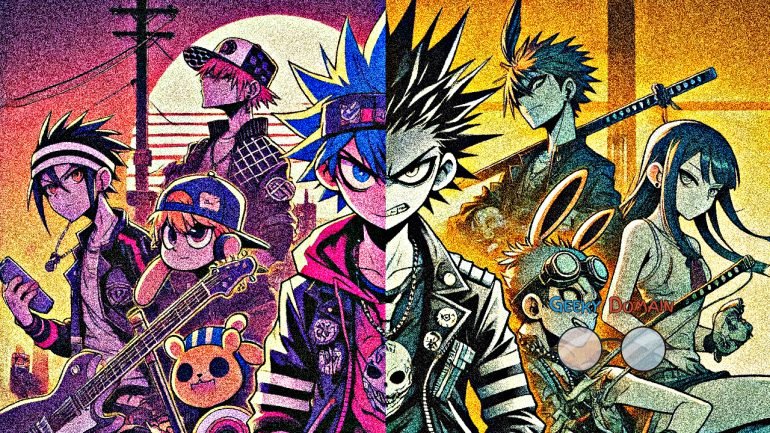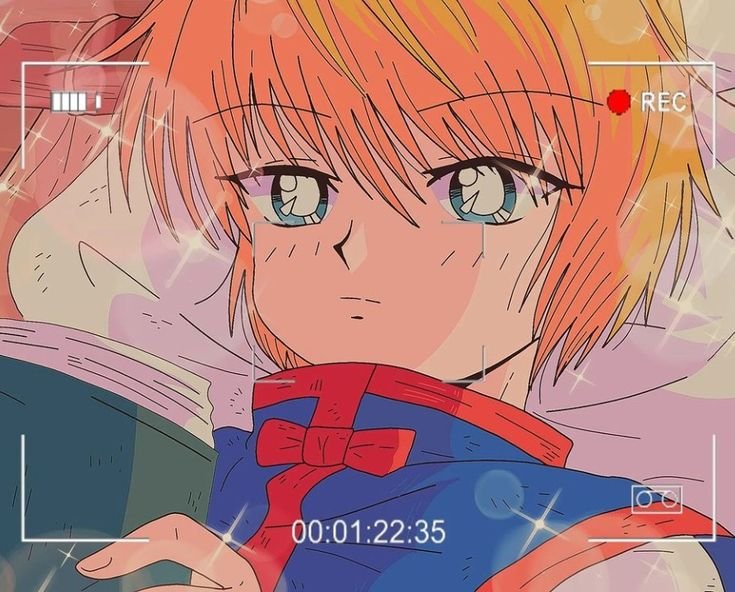In recent years, anime has transitioned from a niche interest to a mainstream cultural phenomenon in Western countries. Once considered a subculture, anime is now regularly featured in global conversations, from social media trends to blockbuster films. But why has anime cartoons become so popular in the West? The reasons are multifaceted, touching on accessibility, storytelling, cultural exchange, and the global media landscape. Let’s explore the key factors behind this rise.
1. Availability on Streaming Platforms
The biggest factor contributing to anime’s rise in the West is its widespread availability. Streaming services like Netflix, Crunchyroll, Hulu, and Amazon Prime Video have made it easier than ever to access a wide range of anime shows. Many popular anime are now available with subtitles or dubbing in multiple languages, making it more accessible to non-Japanese-speaking audiences.
By offering content like Attack on Titan, Naruto, Demon Slayer, and My Hero Academia, streaming platforms have provided instant access to anime, encouraging new fans to discover the genre. Furthermore, these services release episodes shortly after they air in Japan, allowing audiences in the West to keep up with the latest shows in real time.
2. Unique and Engaging Storytelling
Anime is known for its rich storytelling, which often delves into complex and thought-provoking themes. Unlike traditional Western cartoons that might focus on humor or action, anime offers a wide variety of genres that appeal to all kinds of viewers. Series like Neon Genesis Evangelion and Death Note explore themes of morality, mental health, existentialism, and philosophy, offering viewers a deeper emotional and intellectual engagement than typical Western animation.
The genre’s ability to blend action, fantasy, drama, romance, and even horror allows it to cater to a diverse range of tastes, keeping audiences hooked with well-rounded plots and character development. Additionally, many anime shows target a more mature audience, addressing issues that resonate with adults, such as relationships, loss, and identity.
3. Distinct Art Style and Visual Appeal
The striking art style of anime is another significant reason for its popularity. With vibrant, detailed animation, exaggerated expressions, and dynamic action scenes, anime offers a visual experience unlike that of typical Western cartoons. The character designs are often highly stylized, which makes them more appealing and memorable.
Additionally, anime creators often employ unique animation techniques to convey emotions and intensify scenes. For example, dramatic moments are frequently accompanied by exaggerated facial expressions or visual metaphors that add depth to the narrative. For many Western viewers, this level of artistry is new and captivating.
4. Cultural Appeal and Exploration
The growing interest in anime in the West can also be attributed to a wider cultural curiosity. As globalization continues to bring different cultures into the mainstream, many people are eager to explore other nations’ entertainment. Anime provides a window into Japanese culture, history, and traditions, offering an accessible introduction to a world that many Western audiences may not be familiar with.
Anime showcases elements of Japanese life, from traditional ceremonies and festivals to modern-day cityscapes and futuristic worlds, which invites Western audiences to learn more about Japan’s rich cultural heritage. This exploration of culture enhances the appeal of anime and broadens its fanbase.
5. The Influence of Online Communities
Anime’s growing popularity can also be traced to the rise of online communities and fan engagement. Websites like Reddit, Discord, and Twitter have allowed fans to create vibrant, global communities where they can discuss their favorite shows, share fan art, and engage with creators and fellow viewers. These communities serve as gateways for newcomers to discover anime and become part of the larger fandom.
Additionally, anime-related memes and viral content have spread widely on platforms like TikTok and YouTube, making anime more accessible and relatable to younger audiences. This online presence has significantly boosted anime’s popularity and its cultural relevance in Western society.
6. Cross-Media Influence and Hollywood Adaptations
Anime’s impact on Western pop culture is evident in various forms of media. Hollywood has increasingly looked to anime for inspiration, borrowing from its visual style, themes, and even its narrative structure. Movies like The Matrix and Inception are heavily influenced by anime, incorporating ideas and aesthetics that originated in Japanese animation.
Moreover, live-action adaptations of popular anime, such as Cowboy Bebop and Avatar: The Last Airbender, have brought more mainstream attention to the genre. While these adaptations are often met with mixed reactions, they contribute to the continued visibility of anime in Western pop culture, which in turn introduces more people to the medium.
7. The Rise of Cosplay and Conventions
Another reason for anime’s growing presence in Western culture is the rise of cosplay and anime conventions. These events, such as Comic-Con and Anime Expo, attract millions of fans each year, creating an immersive environment where fans can celebrate anime culture, meet voice actors, and engage in cosplay. The popularity of cosplay has made anime an interactive experience, allowing fans to immerse themselves even more deeply in the worlds of their favorite shows.
These conventions also serve as a platform for discovering new anime, with many series being introduced at such events, further fueling the genre’s popularity.
8. Video Games and Merchandise
Anime is also deeply intertwined with the gaming world, with many video games adopting anime-inspired art styles and storytelling. Games like Persona, Final Fantasy, and Dragon Ball Z are all influenced by anime aesthetics and often have large fanbases that overlap with anime viewers. These video games serve as an introduction to anime for many players and vice versa.
Additionally, the growing market for anime-related merchandise, such as action figures, clothing, posters, and accessories, contributes to the commercial success of anime. As more companies invest in anime-related products, the genre’s visibility and appeal continue to expand.
9. Complex Characters and Character Development
Anime often excels at creating complex, multidimensional characters that evolve throughout a series. Unlike many Western cartoons where characters can remain static or predictable, anime characters undergo significant personal growth, making them relatable to a wide audience. Characters in anime often face difficult moral dilemmas, internal conflicts, and personal struggles that resonate with viewers.
This depth of character development allows anime to explore a wide range of emotional experiences, creating a connection with viewers that keeps them invested in the story.
Conclusion
The popularity of anime cartoons in Western cultures is a result of various factors, including greater accessibility, engaging storytelling, unique art styles, and cross-cultural influence. As anime continues to break down cultural barriers and captivate audiences with its thought-provoking narratives and diverse genres, its presence in Western media will only continue to grow. Whether through streaming platforms, online communities, or mainstream adaptations, anime has solidified its place as a global entertainment phenomenon.










